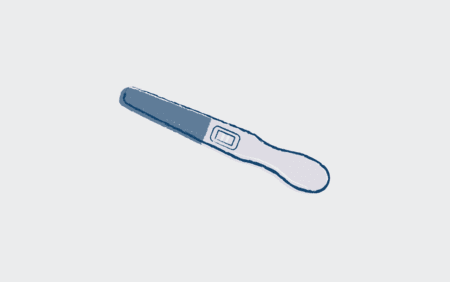
Add-ons
Add-ons (adjuvant treatments)
In connection with fertility treatment, it may for some cases be considered to supplement the ‘standard treatment’ with various additional measures. These so-called ‘add-ons’ or adjuvant treatments should not be used for everyone but may in certain situations improve the chance of achieving pregnancy and birth. Below we briefly review some of the most common add-ons. The use of add-ons must be paid separately. The prices can be found on our website.
Zymot sperm purification
Zymot is a method that can be used for the purification of the sperm sample, which is always carried out before the sperm is used for IVF/ICSI or insemination. The method is based on the sperm cells having to swim through thin fluid channels, in principle to imitate what sperm cells go through in connection with natural fertilization in the fallopian tubes. There are some studies that suggest that the method selects good sperm with less DNA damage. It may increase the chance of pregnancy and decrease the risk of miscarriage. You can consider using this sperm purification if you have repeatedly had disappointing results from the treatment, for example low fertilization rate, poor embryo development, no pregnancies, or several pregnancy losses, and where a sperm factor may be suspected.
EmbryoGlue
EmbryoGlue contains hyaluronan (also called hyaluronic acid), which is naturally present in many of the body's tissues. There are several studies that indicate an increased chance of pregnancy by adding hyaluronan to the culture medium in which the blastocyst is placed when it is transferred to the uterus. There may be a slightly increased likelihood of twin pregnancy. If there have been several attempts without pregnancy, you can consider using EmbryoGlue.
Ca-ionophore (calcium ionophore)
Ca-ionophore is an agent that activates many processes in the egg around fertilization. It can be added to the medium the eggs are in if there has been previous IVF/ICSI treatment(s) without fertilization or with very poor division of the eggs. Ca-ionophore can also be used if there are sperm cells with round heads (‘globozoospermia’). There are several studies that suggest that in these cases Ca-ionophore can improve the fertilization rate and the subsequent division of the eggs in the laboratory.
Assisted hatching (AHA)
The first cell divisions in an early embryo take place within the ‘eggshell’ (zona pellucida) that surrounds the egg. When the embryo has developed into a blastocyst, the surrounding shell must ‘hatch’. There are theories that failure to hatch can prevent the blastocyst from penetrating through the shell when it needs to grow into the uterine lining. AHA is a weakening of the shell with a very precise laser beam that does not damage the cells of the blastocyst. It is still debated whether AHA increases the chance of pregnancy or not. AHA appears to increase the likelihood of twin pregnancy. AHA can be considered if the eggshell in the lab looks too thick when the embryologists look at it, or if many good quality blastocyst transfers have been done without pregnancy.
Endometrial priming (scratching)
Priming of the endometrium is a superficial scraping or scratching of the endometrium, which is usually carried out in the cycle before the cycle in which the blastocyst is to be transferred. The procedure is carried out with a thin ‘suction catheter’ and takes a few seconds. There are theories that this superficial ‘damage’ to the endometrial lining can initiate repair processes that make the endometrium more receptive to an embryo in the following cycle and perhaps more cycles. Studies have not shown a positive effect of using priming for everyone in IVF/ICSI treatment. We believe that there may be a possibility for a beneficial effect of priming in situations where multiple transfers of high-quality blastocysts have been performed without pregnancy being achieved, because in this situation it is possible that the endometrial lining may be a limiting factor. There is short-term discomfort in connection with the priming.
Prednisone
Prednisone is a corticosteroid that is produced naturally in the body. Prednisone has many effects, including a reduction in the activity of the immune system. You can consider using prednisone in cases where there have been repeated miscarriages or lack of pregnancy and where it is suspected that the body has a ‘too active’ immune system, for example if the woman has an ‘autoimmune’ disease, where the body's immune system attacks the body itself. In some cases, we also use prednisone in women with endometriosis based on a consideration that increased activity of the immune system around endometriosis cysts in the ovaries might negatively affect the nearby eggs. Prednisone in the low doses and for the few weeks of treatment does not appear to cause significant side effects in the woman or the foetus.
Clindamycin (Dalacin)
In some cases, there may be an ‘unfavourable’ bacterial composition in the vagina or a chronic inflammatory condition in the uterine cavity (chronic endometritis). If there is an excess of ‘bad’ bacteria, it can probably make it more difficult to get pregnant and increase the risk of spontaneous miscarriage. It can be difficult to carry out good studies of the exact bacterial composition, because everyone has many different bacteria in that region. If you have undergone several treatments without pregnancy or have had several miscarriages, we may consider giving antibiotics for 5 days in the days leading up to blastocyst transfer.
